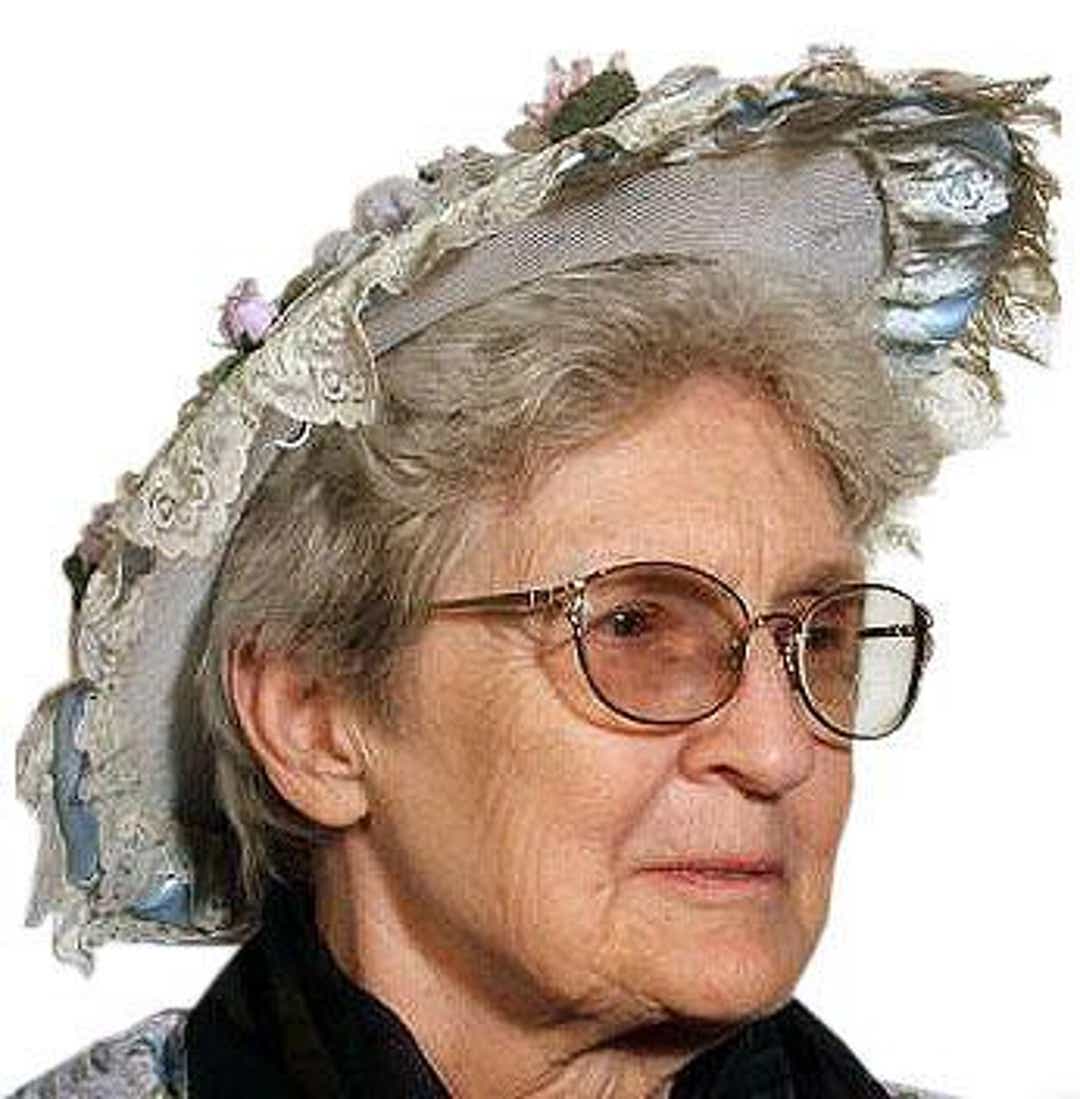
Most Coloradans know that ours was the first state to accord women the vote by popular vote — Wyoming being still a territory when suffrage was attained there. Many Coloradans may not know, however, that success here came 16 years after failure in 1877.
Women had been given the right to vote in school elections in 1876, with the proviso that a general election in 1877 would determine the issue for all voting rights.
Despite energetic barnstorming under difficult travel conditions and at times abysmal accommodations, both Susan B. Anthony and Lucy Stone — along with Stone’s husband, Henry Blackwell — failed to persuade the electorate of their position. (At one point in her travels, Anthony noted in her diary that she might as well have poured water off a duck’s back as to speak to the obdurate male audience.)
History: While history often overlooks them, women were the backbone of the frontier
Enthusiasm, it seemed, resided mainly among females, while opposition came from Hispanic males, men in mining towns, clergy (one complained that they were “bawling, ranting women, bristling for their rights”) and newspapers, one of which labeled the women “shriekers.” Women’s “true sphere,” expostulated one diatribe, “is in the home and not at the ballot box or the jury box.”
The referendum was voted down, two to one.
But the suffragists had learned from the experience. They organized, actively campaigning via the Colorado Non-Partisan Equal Suffrage Association. They distributed pamphlets throughout urban and rural areas, reaching as many women as possible in order to give them strong, concrete arguments for suffrage.
Their cause was endorsed by politicians, including a sitting and a former governor. By the early 1890s, newspapers, scenting a cultural shift in the wind, were more in favor than opposed.
Several prominent women in the state, among them Elizabeth “Baby Doe” Tabor, spoke in favor of women’s suffrage. The populations of mining camps had decreased significantly by then, and the percentage of Hispanic men in southeastern Colorado had been balanced by the numbers of voters in other regions. Brewers and tavern owners, fearful of the effect women might have on their livelihood, were opposed but chose not to protest publicly.
History: As 19th Amendment anniversary nears, learn about these three Fort Collins suffragists
On Nov. 7, 1893, the matter went to the voters. Women won the day, with about 36,000 votes in favor and about 25,000 against the measure. The next year, two women became representatives at the state legislature, the first of many to follow. Those gains notwithstanding, it was not until 1973, when Patricia Schroeder took her seat in the U.S. House of Representatives, that Colorado sent a woman to Congress.
(Those in the liquor industry had, it turned out, reason for concern because once the vote was won, a sizable number of women turned their attention to banning alcohol. Statewide, they did not succeed, but in Fort Collins, sales of liquor were banned for nearly seven decades.)
The winning of votes for women in Colorado is a story of wrenching victory from the jaws of defeat — a mighty struggle that eventually proved worthwhile.
Contact history writer Barbara Fleming at fcwriter@frii.com.
"right" - Google News
August 15, 2020 at 08:01PM
https://ift.tt/345HVJw
History: Gaining the right to vote was not easy for women in Colorado - The Coloradoan
"right" - Google News
https://ift.tt/32Okh02
Bagikan Berita Ini














0 Response to "History: Gaining the right to vote was not easy for women in Colorado - The Coloradoan"
Post a Comment